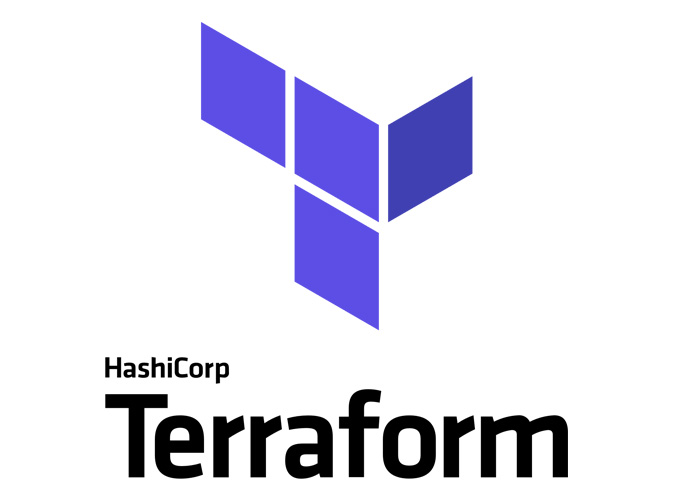
Terraform is one of the most frequently used DevOps frameworks for automating infrastructure tasks. It is an open-source “Infrastructure as code” software tool created by HashiCorp.
Terraform can manage infrastructure on public clouds like AWS, Azure, and Google Cloud Platform, as well as private clouds like VMware vSphere, OpenStack, and CloudStack.
How Terraform works?
It allows infrastructure to be presenting as code in the HCL language, which is a plain, human-readable language (HashiCorp Configuration Language). It reads configuration files and produces a change execution plan that can be tested for safety before being implemented and provisioned.
Why we need it?
- Provisioning infrastructure as code decreases human error and improves automation.
- Using a single workflow, provision infrastructure spanning 300+ public clouds and services.
- With the same setup, build compatible testing, staging, and development environments.
Best Practices of Terraform
There are many best practices that we can use while creating Terraform Infrastructure, some of them we are discussing here –
1. File Configurations
It will read only “.tf” files and processes its contents. Terraform code can be written in a single file, but it’s preferable to have multiple files that are logically separated:
- main.tf file – We’ll store our resource definitions here.
- variable.tf file – it contains details about the variables used in main.tf
- output.tf file – contains the output generated in main.tf
2. Modules Usage
A module is a container for a set of related resources. A module will call other modules, allowing you to quickly use the resources of a child module in the configuration. Modules may also be called several times in the same or different configurations, allowing resource configurations to be packed and reused.
3. Terraform Provider Configurations
To manipulate resources, most Terraform providers require us to have valid configuration parameters. For example, in order to access our account and perform tasks, the AWS provider requires an access key/secret and an area.
4. Terraform Version
Its development group is very active, and new functionalities are releasing on a regular basis. When a new major release of Terraform occurs, it is recommended that you remain on the most recent edition. It’s simple to update to the most recent edition.
5. State Backup Management
Always make a copy of Terraform’s state files. These files keep track of the infrastructure’s metadata and resources. These files, known as terraform.tfstate, are saved locally in the workspace directory by default.
It will be unable to determine which resources are deploying on the infrastructure without these files. As a result, having a backup of the state file is important.
6. Use Docker Containers
It is recommending that you use docker containers while running a CI/CD pipeline build job. Official Docker containers are available from Terraform. As a result, you can easily transfer the infrastructure within a container if you change the CI/CD server.
7. Manage Workspaces
It can be empowering to use Terraform to develop your environment, and the idea of a single command deployment is tempting. However, you should not manage everything with a single Terraform workspace. Instead, divide your workspace into smaller, easier-to-manage parts. For example, development, staging, and production, etc should all have their own workspaces. This makes it easier to manage each workspace.
8. Automated Testing
When it comes to writing infrastructure code, automated testing is just as important as when it comes to writing application code. Many options for testing Terraform code have become available as Terraform has grown in popularity.
What should be the scope of the tests? Well, it depends a lot on the details of what we’re making, but there are a few that are fairly common:
- Accessibility: Did our resources have been created correctly? Are they reachable or not?
- Security: Have we left any non-essential network ports open? Have we changed the default credentials?
- Correctness:
Conclusion
We’ve gone through some best practices for using Terraform in this blog. I hope that by following these best practices, you will be able to build better Terraform configurations. For better outcomes, start using these in your Terraform projects.
However, it is primarily using enhance infrastructure provisioning workflow. Setting yourself up for success right from the start will help you build a strong foundation of Terraform best practices on which you can develop in the future!
That’s all about the Terraform and its Best Practices.
Need Support?
Thank You for reading this Blog!
For further more interesting blogs, keep in touch with us. If you need any kind of support, simply raise a ticket at https://webkul.uvdesk.com/en/.
For further help or query, please contact us or raise a ticket.


Be the first to comment.